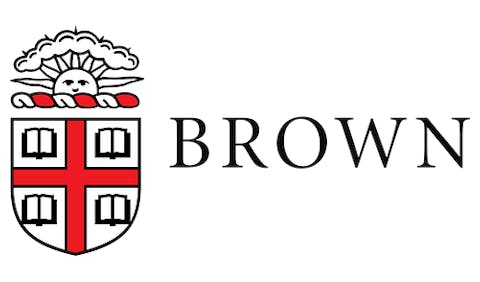
The American Association of University Professors (AAUP) released its first-ever study of community college shared governance, surveying faculty leaders at 59 public community colleges across the nation. The report examines faculty authority across 26 areas of institutional decision-making, providing unprecedented insight into governance practices at institutions that educate nearly 40 percent of all U.S. undergraduates.
At most responding institutions, and especially at responding institutions with tenure systems, faculty authority is consistent with AAUP-recommended governance standards in decision-making about programmatic, departmental, and institutional curricula; teaching assignments; salary policies; and faculty searches, evaluations, and tenure and promotion standards.
The survey found that faculty members have particularly strong authority over core academic functions. Faculty authority for individual grade assignments, a core area of academic freedom, is a faculty prerogative across the board, with 100 percent of respondents reporting faculty primacy or faculty dominance in determining grades.
However, in several decision-making areas, including budgets, buildings, provost selection, and strategic planning, community college faculty have few meaningful opportunities to participate. Administrative dominance is the most common response across all institutions in decisions about facilities and buildings (68.9 percent), budgets (67.4 percent), and allocation of faculty positions to departments or programs (52.2 percent).
One of the survey's most surprising findings concerns the relationship between faculty unionization and governance authority. Statistically significant differences in the level of faculty authority between unionized and nonunionized colleges appear in only three of the twenty-six areas: salary policies, teaching loads, and promotion decisions for full-time non-tenure-track faculty.
This finding mirrors results from AAUP's 2021 survey of four-year institutions and contributes to ongoing debates about whether collective bargaining significantly impacts governance practices beyond areas typically covered in union contracts.

















